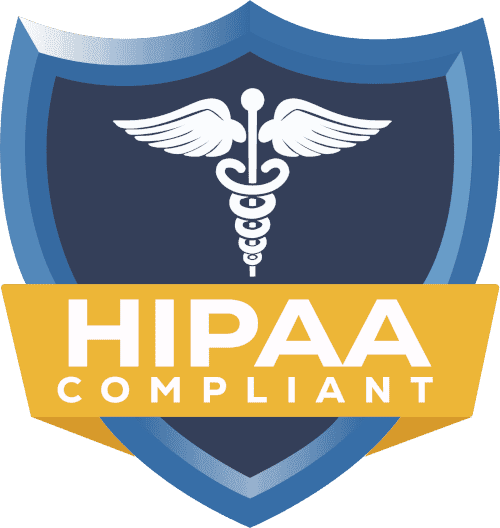What Is Provider Credentialing: Understanding the Foundation of Healthcare Administration

Provider credentialing is a fundamental administrative process in healthcare that directly impacts both practitioners and patients. Though often overlooked, this verification system serves as the critical foundation for healthcare delivery, insurance reimbursement, and quality assurance. Let’s explore what provider credentialing involves and why it matters for healthcare professionals.
Defining Provider Credentialing
Provider credentialing is the systematic process of verifying the qualifications, experience, and professional background of healthcare providers. This comprehensive verification confirms that practitioners have the education, training, licensure, and expertise necessary to deliver safe, high-quality patient care.
The process involves evaluating a provider’s:
- Educational background and degrees
- Clinical training and residency
- Current licensure status
- Board certifications
- Work history and experience
- Malpractice insurance coverage
- Hospital privileges
- References and peer recommendations
- Any history of malpractice claims or sanctions
This verification process helps ensure that all healthcare providers meet established standards for their profession and specialty.
What Is Medical Credentialing?
Medical credentialing is sometimes used interchangeably with provider credentialing, but it specifically refers to the verification process for physicians and other medical practitioners. What is medical credentialing in practical terms? It’s the detailed investigation that confirms a medical professional has the required education, training, and licensure to practice within their specific specialty.
This process serves multiple important functions:
- Protecting patients by confirming provider qualifications
- Reducing liability risks for healthcare organizations
- Meeting regulatory and accreditation requirements
- Establishing eligibility for insurance reimbursement
- Maintaining quality standards across healthcare settings
Credentialing with Insurance: The Payer Perspective
One critical aspect of provider credentialing is establishing relationships with insurance companies. Credentialing with insurance enables providers to become “in-network” with health plans, creating the financial framework for practice operations.
From the insurance perspective, this process:
- Verifies provider qualifications
- Confirms appropriate licensure and certification
- Establishes provider legitimacy for claims payment
- Helps manage network quality
- Creates the contractual relationship for reimbursement
Without successful credentialing insurance participation, providers typically cannot receive direct payment from insurance companies, significantly impacting both provider revenue and patient access to care.
The Provider Credentialing Process
Understanding what is credentialing in healthcare requires knowledge of the typical process steps:
1. Application and Documentation
Providers submit detailed applications and supporting documentation, including:
- Education verification
- Training certificates
- License information
- Work history
- Professional references
- Malpractice insurance details
- Board certifications
2. Primary Source Verification
The credentialing entity verifies information directly with original sources:
- Medical schools
- Residency programs
- Licensing boards
- Previous employers
- Certification boards
3. Background Checks
Comprehensive checks are conducted through:
- National Practitioner Data Bank (NPDB)
- Office of Inspector General (OIG) exclusion list
- State medical board databases
- Medicare/Medicaid exclusion lists
4. Committee Review
A credentials committee reviews the compiled information and makes recommendations regarding approval.
5. Privileging Decisions (for hospitals)
For hospital credentialing, specific clinical privileges are granted based on qualifications and facility needs.
6. Contracting (for insurance)
For insurance credentialing Services, contract negotiations establish participation terms and reimbursement rates.
7. Enrollment and Activation
The provider is entered into relevant systems and activated for billing or practice purposes.
8. Ongoing Monitoring and Recredentialing
Regular recredentialing (typically every 2-3 years) confirms continued compliance with standards.
Why Provider Credentialing Matters
This process impacts every aspect of healthcare delivery:
For Providers
- Enables insurance reimbursement
- Establishes hospital privileges
- Creates professional legitimacy
- Expands patient access
- Affects practice viability
For Patients
- Ensures care from qualified providers
- Reduces out-of-pocket costs through in-network care
- Creates confidence in provider qualifications
- Expands provider choice within networks
For Healthcare Organizations
- Reduces liability exposure
- Meets accreditation requirements
- Maintains quality standards
- Protects organizational reputation
For Insurance Companies
- Ensures network quality
- Meets regulatory requirements
- Manages financial risk
- Provides member protection
Challenges in Provider Credentialing
Despite its importance, the credentialing process presents several challenges:
Time Consumption
The typical credentialing timeline spans 60-180 days, creating potential revenue delays for new providers.
Administrative Burden
The extensive documentation and verification requirements demand significant resources.
Varying Requirements
Each organization and insurance company may have different requirements and processes.
Ongoing Maintenance
Providers must regularly update information and complete recredentialing cycles.
The Evolution of Provider Credentialing
The credentialing landscape continues to evolve:
Centralized Verification
Organizations like CAQH (Council for Affordable Quality Healthcare) provide centralized repositories for provider information.
Standardization Efforts
Industry groups are working to standardize credentialing requirements across organizations.
Technology Integration
Electronic credentialing systems are streamlining the process and reducing paperwork.
Telehealth Considerations
The growth of telehealth has created new credentialing challenges, particularly for providers practicing across state lines.
Conclusion
Provider credentialing serves as the foundation of quality assurance and financial operations in healthcare. While the process can be administratively demanding, understanding what provider credentialing entails and approaching it strategically allows healthcare professionals to navigate it efficiently. For providers starting practice, joining new organizations, or expanding insurance participation, recognizing the importance of thorough credentialing helps ensure both professional success and continued patient access to quality care. Though often viewed as merely administrative, provider credentialing represents a critical quality control mechanism that benefits every participant in the healthcare system.



















